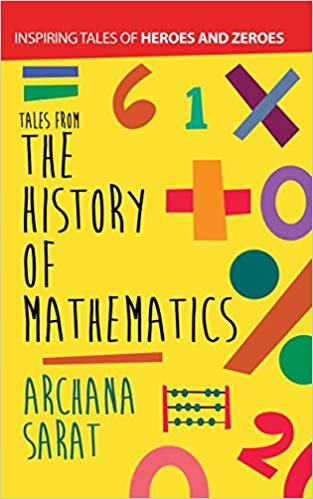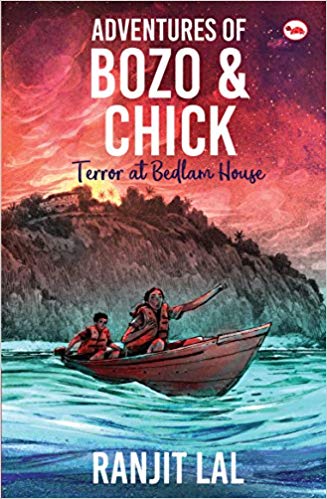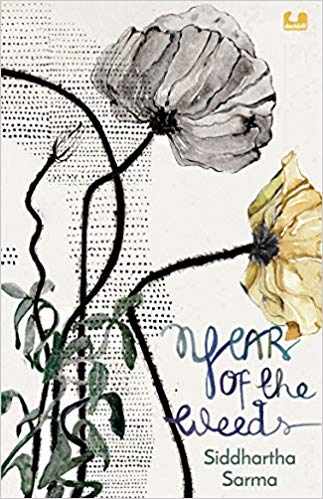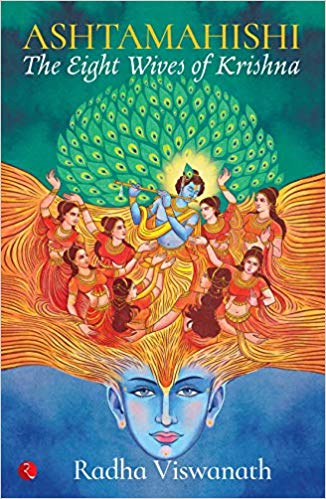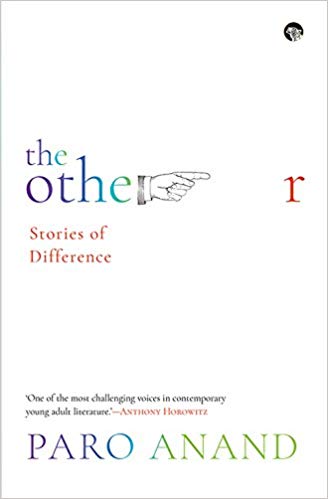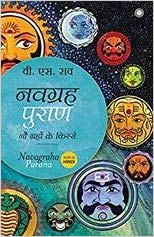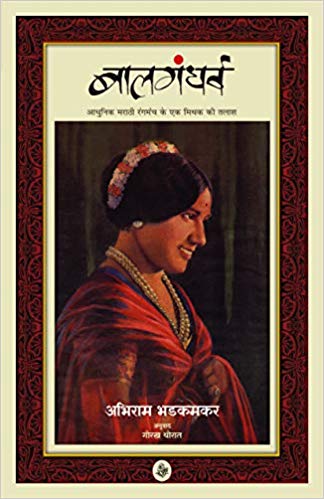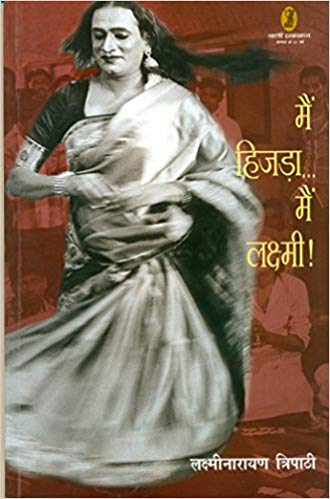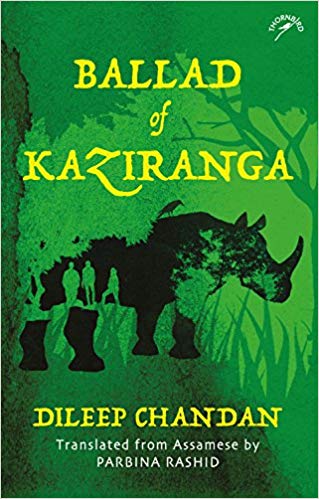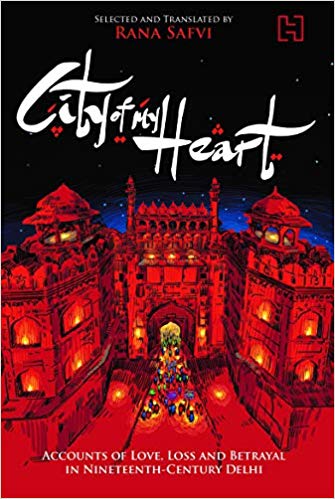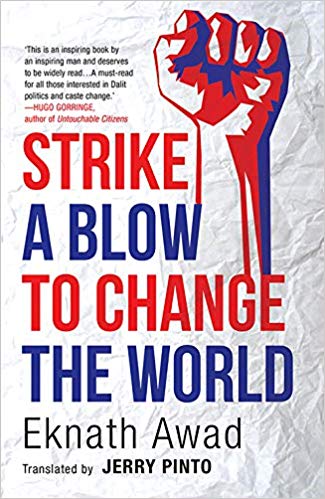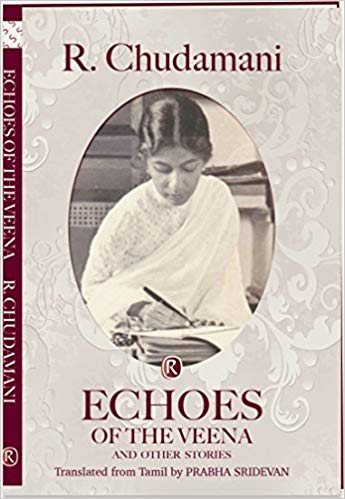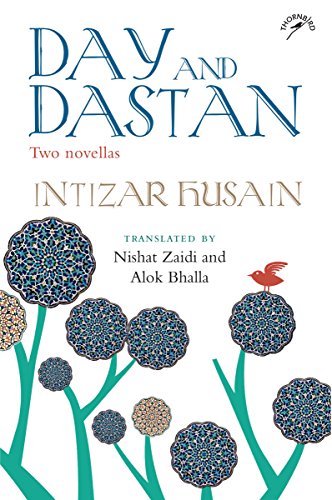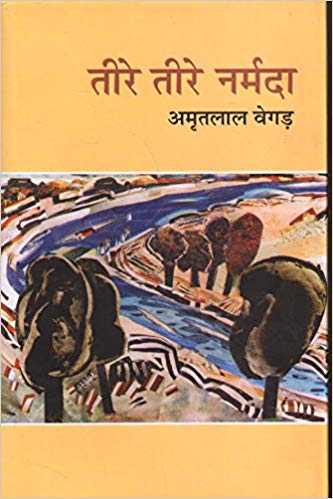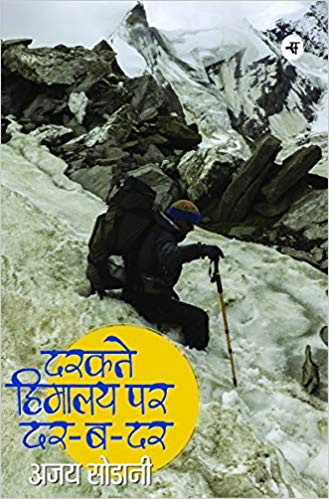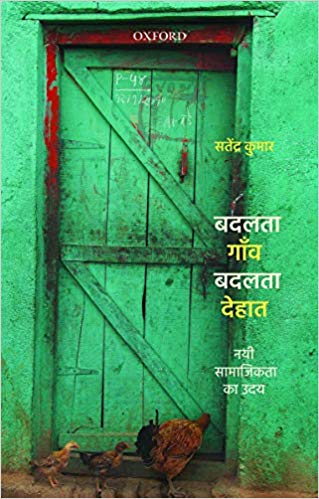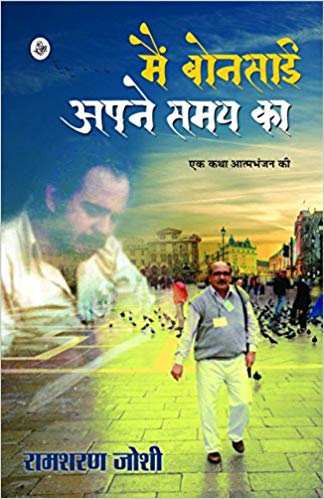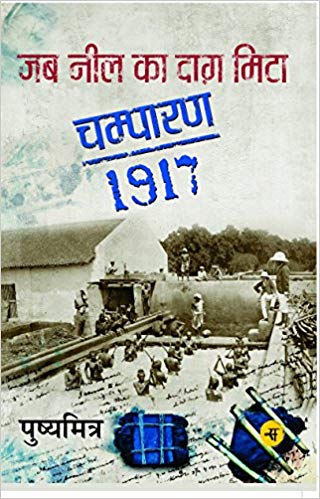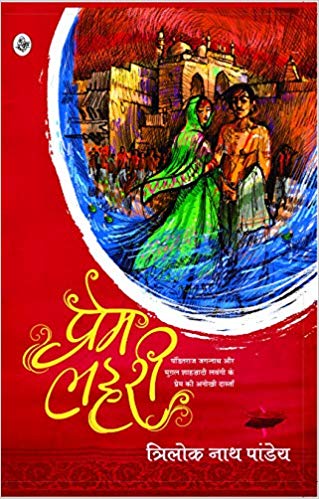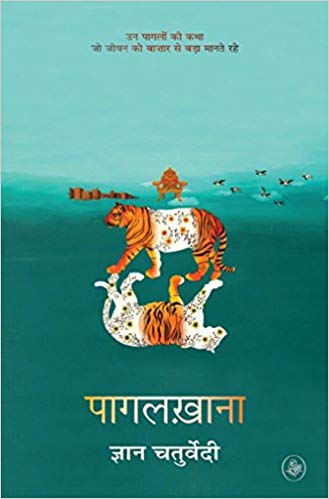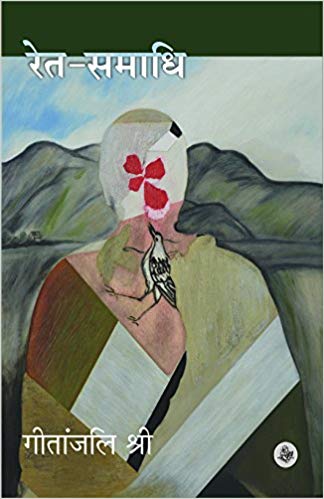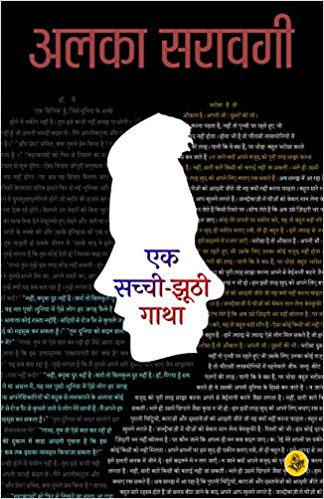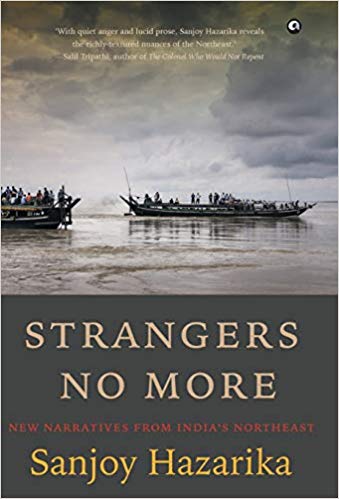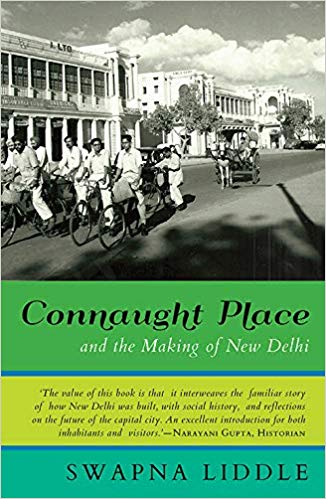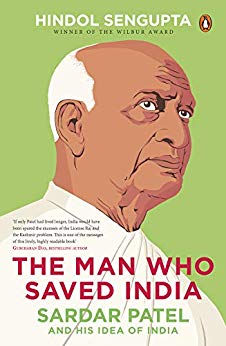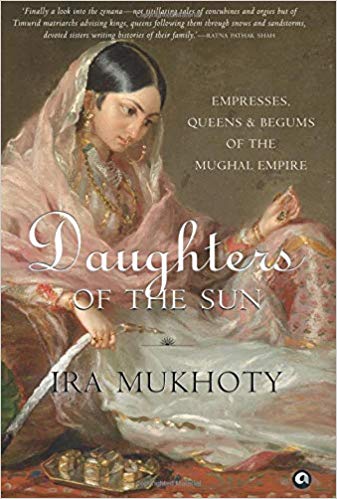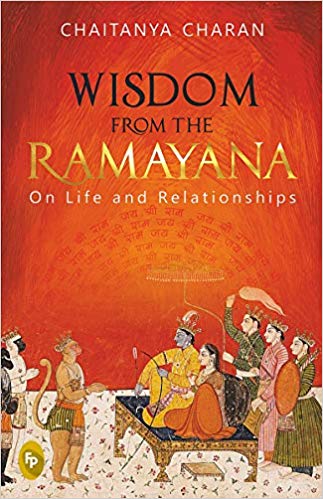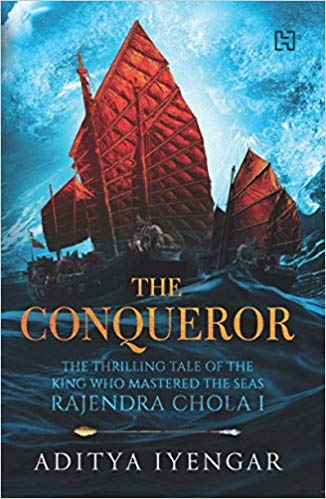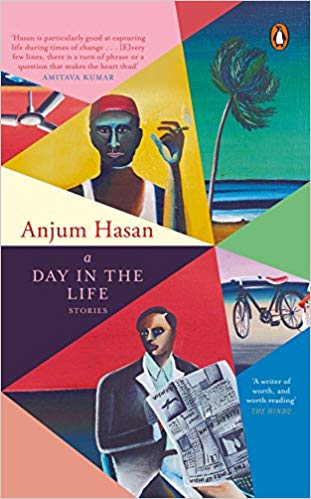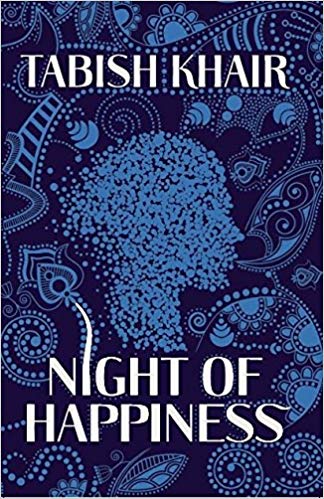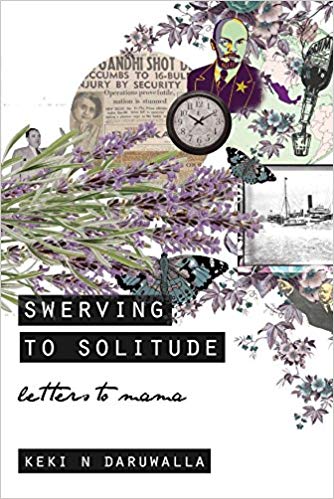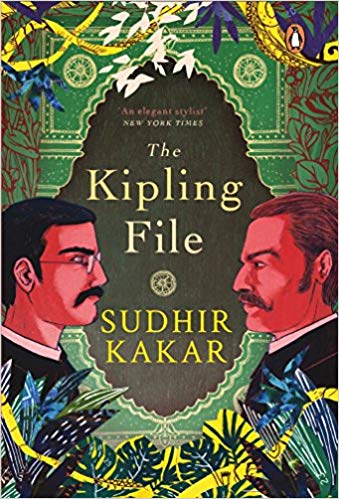If there is one subject that evokes strong feelings for any student, it is Mathematics. Simply uttering the word ‘Maths’ is enough for someone to claim that they love the subject or more often, how much they hated Maths in school. But irrespective of one’s attitude towards Maths, Tales from The History of Mathematics by Archana Sarat is a book that will appeal to readers of all ages and preferences.
Archives
October 2019 . VOLUME 43, NUMBER 10This story is about fifteen-year-old Rohan (Bozo) and sixteen-year-old Nita (Chick), who love fun and adventure and are patriotic to the core. Along with another friend, Aslam, they live in Dubash Mansions, known as Bedlam House. The owners of the building are Dr. Dubash, a child specialist and his wife Mridula who is a dog trainer and runs an NGO. The childless Dubashs are very affectionate and caring towards the children.
Year of the Weeds by Siddhartha Sarma is a modern-day parable. This Young Adult (YA) novel has a deeply affective register such that it neither underplays nor overcompensates for its political and social understanding and representations. It would not be an exaggeration to call the novel a sociological fiction in terms of its tenor and treatment of the little biographies of the characters in the novel.
Radha Viswanath’s Ashtamahishi: The Eight Wives of Krishna is a work of religious fiction, a genre that along with mythological fiction is seeing a major revival. A number of writers are choosing to return to the epics, the Ramayana and the Mahabharata, and retell them from feminist or subaltern perspectives and enabling us to hear the stories of characters that have been silenced.
For the longest time there has been an invisible line, an unwritten rule that prevents writing meant for young readers from straying too far into the unknown and by extension, the ‘unsuitable’. The Other: Stories of Difference by Paro Anand is a collection of short narratives that aims to bring to light the experiences of those who lurk at our society’s margins. Anand dares to take her young adult readers down a dark path to the far reaches of society, which in reality aren’t that far from the realities of everyday adolescent life.
A Telugu author, scriptwriter, and translator, Vakkantham Suryanarayana Rao has more than eighty titles to his credit. The book under review Navagraha Purana is a fascinating chronological account of birth, life and glory of nine planets in great detail. The book, originally written in English by VS Rao has been translated into Hindi by Vai Shankar Murti.
At the outset I would like to congratulate Gorakh Thorat for choosing to translate Abhiram Bhadkamkar’s novel Asa Balgandharva, and not any other account of Balgandharva’s life, which are available in plenty, in Marathi. Bhadkamkar’s account is by far the fullest account of the star-actor’s life in one place, in Marathi!
While queer theory and practice is a new field of study in India, the form of autobiography, biography, and memoir has come up as a powerful tool for LGBTQIA+ authors. Apart from Tripathi’s Main Hijra… Main Laxmi!, there are books like The Truth About Me by A Revathi, A Gift of Goddess Lakshmi by Manobi Bandhopadhyay, the first transgender principal of a college and Red Lipstick: The Men in My Life by Laxminarayan Tripathi and Pooja Pandey.
2018
Kaziranga! The very name spells magic. Deep dark forests, filtered emerald-green sunlight, large acres of open grassland, swamps and wetland, and thousands of animals and birds coexisting in celebration of the splendid glory of nature. Spread across over 400 sq km, Kaziranga is home to several protected species of animals: among them the tiger (its largest concentration in the world is found here), the wild elephants, the water buffalo, the swamp deer, many species of birds, and most famously, two-thirds of the world’s one-horned rhino population.
The Mughal years are a fascinating period in our history. It is a period that is sought to be whitewashed by the current dispensation. Roads named after Mughal emperors are already in the process of getting appropriated and renamed and history glorifying the non-Mughal leaders is being rewritten. In such a time, Rana Safvi’s City of My Heart takes us back to the Delhi of the Mughal Empire, not in its heyday, but during its last vestiges.
I must confess to never having read Chudamani earlier. Coming to political maturity in an age when Tamil Brahminness was considered dangerous, there seemed to be no need to read her, someone I had thought was the quintessential Brahmin writer. This is why this small book bowled me over. Delicious irony, a humanist non-judgemental gaze, pithy writing—if I could read and enjoy Jane Austen whom colonialism surely empowered to write…
While reading Intizar Husain’s Din (Day) I am reminded of Pashemaani (Regret) by Ikramullah Khan. Both the novellas have two child protagonists each, through whose experiences an idyllic life is created, against which the violence and depravity of modern life is depicted. Of course, the way the two writers deal with the afterlife of Partition is different.
In recent times, a compelling discourse has been generated at the global level over the increasing scarcity of water and its socio-cultural implications. Water bodies and repositories such as ponds, rivers, seas and icecaps are now frequently and deservedly discussed in academic and popular arenas.
You may not be able to pick up any other genre after reading this brilliant specimen of travelogue, Darakte Himalaya par Dar-ba-Dar (2018) published by Rajkamal Prakashan. It sparks the curiosity to know more about the most prototypical postmodernist genre of travel writing. This perfectly titled travelogue by Ajoy Sodani is his second book on the Himalaya Yatra Series. An eminent neurologist and a traveller…
Life for peasants in India has always been challenging, but the developments of the last three decades, particularly the post-liberalization era, has created an existential problem for those peasant families who are solely dependent on agriculture. The Indian villages are going through a colossal change due to the impact of a constitutional decentralization mechanism…
Ramsharan Joshi is a well -known Hindi writer and a journalist. He has been an activist, editor, social analyst and professor of media studies. He has held a number of prestigious positions: Professor and Executive Director at Makhanlal Chaturvedi National University of Journalism and Mass Communication, Bhopal, Director, National Bal Bhavan, New Delhi, and Deputy Director, Central Hindi Directorate.
Jab Neel ka Daag Mita: Champaran 1917 recounts the processes and procedures whereby Gandhi became a Mahatma for Indians. The Champaran Satyagraha was seminal to challenging an oppressive regime of British indigo planters and restoring the rights and dignity of peasants as cultivators and human beings.
2018
Jiten Thakur’s novel, Chauraha, filled with the myriad hues of human experience and diversity of human sensations is similar to the inventive style of Anton Chekhov in its depiction of a humour laced with warmth and gentle irony and comparable to Honore de Balzac in its representation of a milieu full of interesting characters. Dramatizing the multifarious crossroads that one encounters in the journey called life…
The use of fantasy and history in a fiction format is quite a common technique for social commentary that has been used by authors across the ages in order to place their viewpoint among the readership. The book under review, Prem Lahari, written by Trilok Nath Pandey is one such novel. It is a love story set in the medieval period, that is, the Mughal era, across the length of North India.
2018
Padma Shri Dr. Gyan Chaturvedi (b. 1952), a noted cardiologist by training and a veteran Hindi satirist, explores the ravages of a world ruled by market culture in his fifth novel Pagalkhana. The novel employs the genre of satirical fantasy and an experimental narrative structure replete with interweaving stories, unnamed character types, and fragments, constructed with an economy of words, images and themes.
2018
As a fellow writer, the fifth novel of Geetanjali Shree leaves you wonderstruck with its sweeping imagination and the sheer power of language, unprecedented and uninhibited. She is known for her experiments with content and form, but this novel keeps you in its grip with the storyline as well, which had not really been her forte earlier.
Alka Saraogi’s latest novel is a poignant, layered and textured twenty-first century love story which examines the nature of illusion and reality—especially in the virtual world—appearances, violence, vulnerability and torment. It is the record of an interaction between a man and a woman who meet in cyberspace and the unexpected journey of discovery that Gatha, the female protagonist embarks upon.
A journey through the eight States of North East India, the present book is a sequel to Sanjoy Hazarika’s earlier published and much acclaimed title Strangers of the Mist: Tales of War and Peace from India’s Northeast. Hazarika states that Strangers No More is a deeply personal book through which he intends to understand and express his concern on topical issues…
The much-defeated citadel of Delhi was little more than desolation. The Persian ruler Nadir Shah had bled the city. And what remained had been plundered by the rapacious hordes led by the Afghan, Ahmad Shah Durrani. Delhi could barely sustain a population much less afford the patronage of the arts. By the end of the eighteenth century Delhi was no more.
In The Man Who Saved India Hindol Sengupta brings together the political history of early twentieth century India, and biographical details of Sardar Vallabhbhai Jhaverbhai Patel’s life to show the integral role of political icons in the functioning of the social, economic, and political life of the newly formed nation-state of India. The display of political icons through the construction of statues, naming of roads, or of celebration of specific dates is more than ritualistic remembering.
Daughters of the Sun chronicles the lives of Mughal women—unmarried daughters, sisters, powerful, dynamic wives, anagas or milk mothers or foster mothers—who contributed to the building of the Mughal Empire. These women often worked from within the zenana or the women quarters; several of these women, however, accompanied the Emperor to the battlefield, engaged in diplomacy…
No matter how old you are, if you are from India, you can probably recall the first time you heard the story of Rama. The memory could be your grandmother’s voice in a room lit only by a lamp, or a book such as Rajagopalachari’s rendition or the pictures in the Amar Chitra Katha or the televised version. Every Indian household has children who have grown up on the telling of the Ramayana.
At the end of the book, Iyengar singles out one person from among the publishing staff for special thanks for having encouraged him to switch from ‘myth-fiction’ to historical fiction. All those who read this novel and are familiar with Iyengar’s earlier work will want to do that after reading this book. Without going into details, this switch has made the book easier to read, less laboured than his earlier work.
Anjum Hasan is exceptional. The imagery in her stories comes at you so fast that you gasp as you try to absorb it all—and every image is familiar—but in her stories they become poetry: ‘The phrase that comes to mind is–bursting into life. But spring is a gradual unfolding: day-by-day colour seeps back into the land, expressed in crocuses of lilac and gold. The oaks will fatten with leaves by slow degrees. Will they burst into life? Will the buds on the apple trees?’
2018
Somewhere hidden in the labyrinth of memory you can hear the lonely whistle of a train crossing the dark expanse of the Indian subcontinent. It is often reminiscent of the cry of those djinns that you have been warned will suddenly appear on your doorstep. They chitter and grind their teeth with rage as the train rocks uneasily along a steel bridge over a swollen river.
This is a very unusual book. But then, a novel written by a poet needs to be so. At one level, it is undoubtedly ‘Letters to Mama’… as the title says. The voice is that of Seema Thakur Singh, a journalist and an idealist speaking through a series of letters to her much loved but long-lost mother about the travails of living through the Emergency and the dismay of her bureaucrat husband.
2018
Rudyard Kipling (1865-1936) remains the enfant terrible of English literature if not an outright villain, for he is routinely castigated for his blatant championing of British imperialism. He remains phenomenally popular as a writer, his sheer political incorrectness notwithstanding. His poem ‘If –’, which is stoical rather than jingoistic, regularly comes out tops in opinion polls conducted in Britain to decide the most popular poem in the language.

